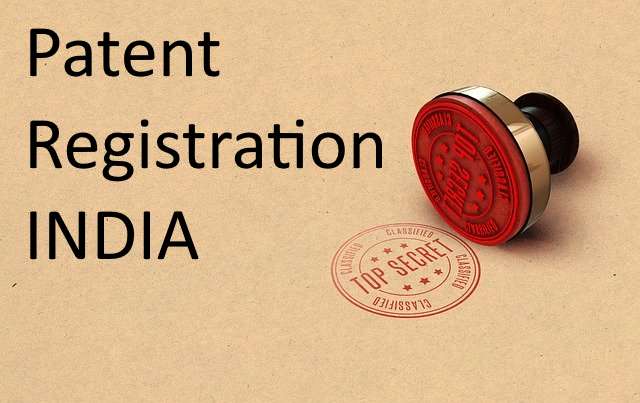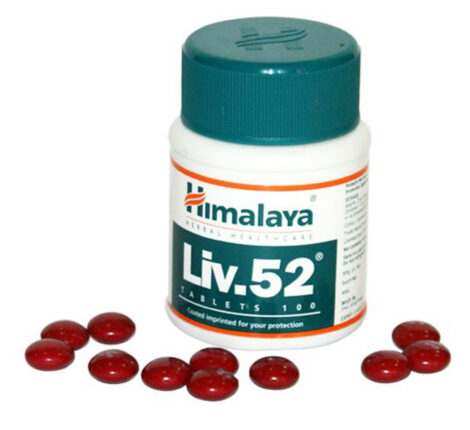6-Step Guide To Register Patent in India

STEP-1: PATENTABILITY SEARCH
Before filing a patent application in India or in any other country, the first step (optional but recommended) in the patent registration process is to perform a detailed patentability search to determine the chances of getting a patent. The search should ideally be performed for both patent and non-patent references.
The advantage of a search is it provides a good idea of the merit of the invention and helps in deciding if there are good chances of ultimately getting a patent granted. Furthermore, based on the references discovered during the search, you have the option of fine-tuning your patent application to ensure that you don’t end up filing a patent for something which already existed.
Hence, a thorough patentability search is always advised but from a patenting process point of view is totally optional.
If you are thinking of going international with your patent application, spending time and money on the search will be well worth every Rupee.

STEP-2: FILLING OF PATENT APPLICATION:
Patent filing in India can happen in the following scenarios:
- First filing in India – Once the patent application is drafted, the next step is to file the patent application in India and secure the filing date. In case you are filing a provisional application first, you need to file the complete application within 12 months from the provisional filing date.
- Foreign filing decision – Further, if you are interested in protecting your invention in foreign jurisdictions, the maximum time allowed is 12 months from your first filing date. Based on the countries you are interested in; you can opt for filing a convention application in Paris convention members individually in each of the countries you are interested in protecting your invention. Alternatively, you can use the Patent Cooperation Treaty (PCT) system to reserve your right in 140 odd member countries. Both the systems have their pros and cons and the decision of choosing one over other change based on your requirement and will be the basis of another post.
- Foreign applications entering India – In another scenario where the patent application was first filed in a foreign jurisdiction and the patent applicant is interested in filing a patent application in India under the Paris Convention route or the PCT route, the time limit to enter India is 12 months and 31 months respectively.
Each application for a patent which is filed with the Indian patent office needs to be accompanied by the forms provided below:
- Form 1 – Application for grant of a patent
- Form 2 – Provisional/Complete specification)
- Form 3 – Statement and undertaking regarding foreign application under section 8 (only required if a corresponding patent application is filed in another country)
- Form 5 – Declaration as to inventorship (only to be filed along with the complete application)
- Form 26 – Form for authorization of a patent agent (only required if you are using a patent agent to help you file the application)
- Form 28 – To be submitted by start-up or small entity (only required if you are claiming start-up or small entity status)
- Priority documents – In case you are claiming priority from a foreign patent application and entering India, you may be required to provide the priority document as well.

STEP-3 PUBLICATION
- When is it published? – Every patent application which is filed with the Indian patent office is kept as a secret until the time it is published in the official patent journal. Indian patent office will publish patent applications ordinarily after 18 months. This is an automatic event and you need not make any request. However, if you wish to get your application published earlier, you can make a request for early publication (Form 9) and your application will ordinarily be published within 1 month of the request.
- The advantage of publication – The date of publication is important as your privileges and rights start from the date of publication, although you can’t enforce your rights by way of any infringement proceedings until your patent is granted.
- When not published – It is also important to know that there are a few scenarios under which a patent application may not be published and kept as a secret:
- Secrecy directions have been imposed under the patent act. Secrecy directions are imposed if the invention falls in a category publication of which could be against the interest of the nation.
- A complete application was not filed within 12 months from the date of filing of the provisional application
- A request for withdrawal was made. Such a request has to be made at least 3 months prior to publication. So, for practical purposes, it is 15 months from the date of priority in a standard patent application process.

STEP-4 EXAMINATION
- Every patent application which is filed for protection has to be substantively examined before a patent is finally granted. The examination process is where your patent application will finally be examined on merits of the invention as described and claimed in the patent specification.
- Request for Examination
- The examination process, unlike publication, doesn’t happen automatically by way of filing of the Indian patent application. The applicant has to specifically make a request for examining their patent application (Form 18). Only when a Request for Examination (RFE) is received, will the application be queued for examination. So, the earlier you make the RFE request, the earlier your application may be examined by the examiner.
- If you wish to fast track your patent application even further and jump the examination queue, you can file a request for expedited examination (Form 18A). However, an expedited examination is only available to the applicant if the applicant is either a start-up; or the applicant chose the Indian Patent Office as the International Search Authority (ISA) or International Preliminary Examining Authority (IPEA) during their international application (PCT application).
- On the contrary, you may sometimes not want to get your application examined early for strategic reasons. Reasons for deferring the request could include extending the patent-pending life, waiting for funding, etc.
Examination process (Objections by examiner & responding to objections)
- Once, the Request for Examination has been filed, it will eventually land up on the desk of the examiner from the relevant technology background for examination. During the examination process, the examiner will scrutinize the application to ensure that the application is in accordance with the patent act and rules. The examiner also performs a search to understand similar technologies to ascertain if the invention would satisfy the patentability criteria.
- Based on the review of the application, the examiner will issue an Examination Report to the applicant, stating the grounds for objections. The first such examination report is called the First Examination Report (FER).
- Once, the FER is issued, the patent applicant needs to successfully overcome the objections to receive a patent grant. The whole process may involve responding to examination reports, appearing for hearing, etc. The total time needed to put an application in order for the grant is 6 months (earlier 12 months) from the date on which the FER is issued to the applicant. However, this 6-month period can be extended for a period of 3 months by the applicant by filing a request for an extension of time (Form 4).

STEP- 5 GRANT OF PATENT
Once, the patent application overcomes all the objections, the patent will be granted and published in the patent gazette.
STEP-6 RENEWAL
After the patent has been granted, it has to be renewed every year by paying the renewal fee. A patent in India can be renewed for a maximum period of 20 years from the patent filing date.




